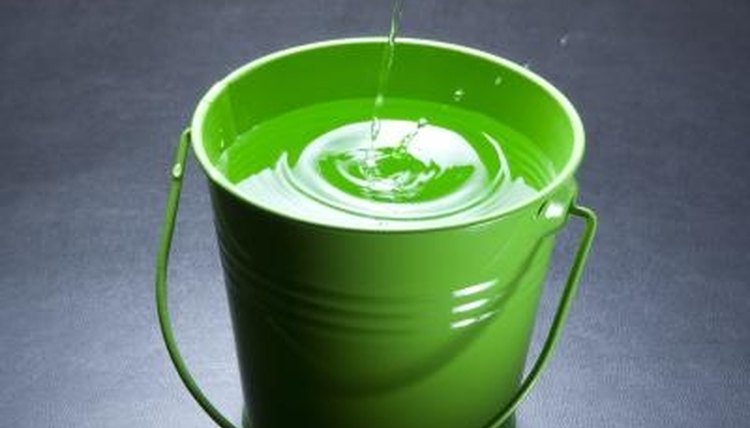

#GALLONS PER DAY ENGINEERING CALCULATOR HOW TO#
Check with the customer, engineer or the local regulating authority on how to determine the flow if not provided. The fixture unit method is not always the best method to determine flow for larger, commercial or municipal applications. Ultimately, the most important aspect of pump sizing is gathering accurate and complete information for each project. If a system has additional pressure requirements, reach out to the manufacturer or local rep for assistance in sizing a pump. Additional pressure requirements are not addressed in this article. Typical applications that have additional requirements are low-pressure distribution systems, sprinkler systems, multiple pumps on a common force main or any application that has a pressure requirement other than static or friction head. In some instances, there are additional pressure requirements that may affect the TDH calculation. If the velocity is lower than 2 ft/s, consider reducing the pipe diameter or increasing the design flow. Use a friction loss table similar to Image 3 that provides the velocity under the VEL column. To prevent solids from settling, the pump needs to be able to produce a minimum scouring velocity of 2 feet per second (ft/s), though 3 to 5 ft/s is preferred. It is important to ensure there is enough flow, and subsequently enough velocity, to resuspend the solids to prevent buildup or clogging. When the pump shuts off and the water stops flowing, the solids can begin to settle in the pipe. Therefore, it is the best fit for this example.Īnother key factor when sizing pumps in the wastewater industry is water velocity. Model Y can meet the minimum requirements and is closest to the design point. Model Z will meet the minimum requirements, but it will produce more flow than is necessary. Model X will not be able to produce 40 gpm at 18 feet TDH and, therefore, is not a suitable pump. To plot the design point, draw a line at 40 gpm and 18 feet TDH-where the two lines meet is the design point. IMAGE 5: Design point plotted against a group of performance curvesįollowing along with the example, the design flow is 40 gpm with a total dynamic head of 17.7 feet. Image 6 has 250 feet of nominal pipe and 39.7 feet of equivalent fittings for a total equivalent length of 289.7 feet. To calculate the total equivalent length of the system, convert each fitting to a straight length of pipe and add the equivalent length of all fittings to the nominal length of pipe.

This reduces the number of variables when calculating friction loss.įor example, the friction loss through a single, 2-inch, 90-degree elbow is equivalent to the friction loss through 5.2 feet of straight, 2-inch pipe. Friction loss varies from fitting to fitting, so rather than calculating the friction loss through each fitting, Image 2 can be used to convert them to an equivalent length of straight pipe. Calculating friction loss through a fitting can be difficult and cumbersome. The first piece of determining friction loss is determining the total equivalent length of pipe. Example: 40 gpm through a 2-inch SCH 40 pipe will have 2.64 feet of friction loss for every 100 feet of pipe and will produce a velocity of 3.82 feet per second (ft/s). This will give the design flow rate that will be used to select a pump. To convert the fixture units to a flow rate, use a pump capacity versus fixture unit graph similar to Image 4. Then, add them together to get the total fixture units. Next, convert all the plumbing fixtures to their respective number of fixture units. First, determine the type and number of plumbing fixtures from where the pump will receive water.


Image 1 gives the units for various types of fixtures. This method assigns a value to plumbing fixtures or a group of fixtures. For sewage applications, the fixture unit method is generally used. Ideally, the design flow will be provided by a contractor, engineer or regulating authority, though there are several methods for estimating flow. The max instantaneous flow that will be entering the pump’s basin needs to be determined so that a pump can be selected to efficiently maintain the system. Flow is generally measured in gallons per minute (gpm). In pump sizing, two factors are needed to select a pump: flow and pressure. The pump is running, but the water level is not moving. Then it happens: After finishing up an installation, the pump is tested to ensure a job well done … and nothing happens. Many installers have a go-to pump that has been used for decades without fail. Sizing a pump, in many cases, is an afterthought. IMAGE 1: Plumbing fixture unit values (Image courtesy of Zoeller)


 0 kommentar(er)
0 kommentar(er)
